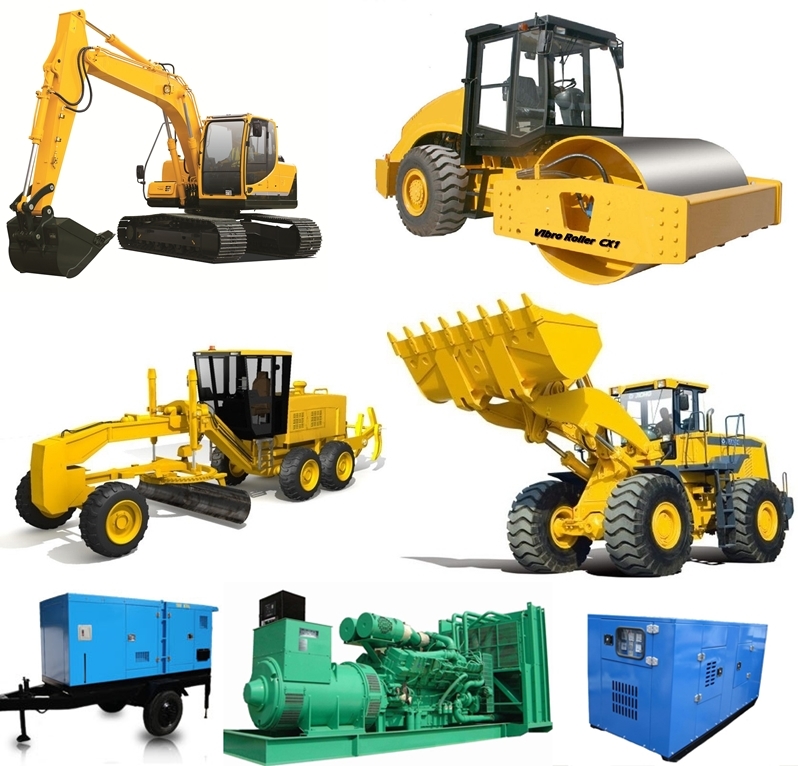Dozer Rental: Powerful Earthmoving Equipment for Your Construction Requirements
Dozer Rental: Powerful Earthmoving Equipment for Your Construction Requirements
Blog Article
Optimize Your Budget by Recognizing the Costs Connected With Construction Tools Services
Understanding the complete range of prices linked with building and construction devices leasings is critical for optimizing your budget plan. What approaches can be employed to successfully manage these prices and ensure a much more efficient rental experience?
Summary of Rental Costs
When taking into consideration construction devices services, comprehending the linked costs is critical for effective budgeting and task preparation. Rental costs can differ considerably based on numerous elements, consisting of tools type, duration of leasing, and area. The first rental cost frequently shows the equipment's market demand and its connected functional capacities, affecting the general expenditure.
Along with the base rental rate, ancillary costs might occur, such as transportation costs, fuel surcharges, and maintenance fees. It is necessary to make up these extra costs to accurately assess the total price of renting devices. The rental duration can impact rates; longer leasings might certify for reduced rates, while short-term leasings might sustain higher everyday charges.

Failure of Rental Rates
A thorough understanding of rental rates is necessary for service providers and project managers aiming to enhance their spending plans. Rental rates for building and construction tools typically are composed of numerous parts, consisting of base rates, time-based charges, and use costs.
Base prices are the core fees related to the leasing of the tools, often figured out by the type and size of the equipment. These rates can differ considerably, influenced by elements such as devices need, accessibility, and local market fads. Time-based costs, which might be daily, weekly, or monthly, offer to suit different project timelines and rental durations.
In addition, rental prices might consist of use charges, which are suitable when equipment is utilized past a defined limit, making sure that the rental firm can make up damage. Seasonal need fluctuations can additionally affect rental prices, with peak construction seasons typically regulating greater rates.
Additionally, understanding the rental firm's plans pertaining to maintenance and insurance can provide additional understanding into the general expense framework. By assessing these components, professionals can make educated decisions, guaranteeing the selection of rental devices aligns with both job requirements and spending plan restraints.
Extra Fees to Take Into Consideration
Understanding the intricacies of extra charges is important for contractors to handle their overall rental expenditures effectively. Beyond the basic rental rates, numerous supplementary charges can substantially affect the total expense of equipment rental. These fees usually consist of delivery and pickup costs, which can differ based on range and logistics involved in transferring the equipment to and from the task website.
In addition, some rental business may impose gas additional charges if the equipment is returned with much less fuel than when rented. It is also vital to know potential cleansing fees, especially for customized tools that calls for detailed maintenance after usage.

Thoroughly reviewing the rental arrangement and clarifying these added fees in advance can aid professionals stay clear of unforeseen prices and ensure that budgets remain undamaged throughout the job lifecycle.
Maintenance and Repair Work Expenditures
Routine upkeep and repair expenditures are usually neglected elements that can substantially affect the general cost of building and construction tools rentals. When leasing equipment, it is vital to think about not just the rental fees yet likewise the possible expenses related to maintaining the equipment in optimal operating problem.
Numerous rental business include standard upkeep as part of the rental agreement; however, more unanticipated break downs or extensive repair work can result in added costs. It's necessary to evaluate the rental contract meticulously to comprehend what upkeep solutions are covered and what responsibilities fall on the renter.
Additionally, tools that is not well-maintained can result in inefficiencies on the equipment rental companies near me job site, possibly causing delays and boosting project costs. To alleviate these dangers, it is a good idea to carry out routine examinations and preserve open communication with the rental supplier relating to any type of concerns that develop during usage.
Insurance Coverage and Liability Costs
Insurance policy and responsibility prices are critical elements that can substantially impact the overall expense of building and construction devices leasings (forklift rental). These prices make sure that both the rental firm and the client are safeguarded from possible financial losses emerging from accidents, damages, or theft throughout the rental period

Furthermore, customers must know any type of deductibles or exemptions in the insurance plan, as these can impact prospective out-of-pocket expenses. Understanding the terms of any type of insurance coverage is vital to avoid unexpected costs. Eventually, budgeting for insurance and obligation expenses can assist make sure a smoother rental experience and secure against financial dangers connected with building jobs.
Final Thought
In conclusion, a comprehensive understanding of the costs associated with building tools rentals is essential for reliable This Site budget administration. Ultimately, notified decision-making relating to tools rentals contributes to the total success of building and construction undertakings.
Rental prices can vary dramatically based on numerous aspects, consisting of devices type, period of service, and location (forklift rental). The rental duration can affect prices; longer services might qualify for discounted rates, while short-term rentals might incur greater daily costs
By conducting extensive study and involving with respectable rental business, service providers can effectively browse the intricacies of rental pricing, eventually optimizing their monetary resources.
Beyond the conventional rental rates, various auxiliary fees can considerably influence the overall expense of tools service. Rental firms frequently provide liability insurance policy that covers injuries to 3rd celebrations or damages to building, while equipment damages insurance can cover the expense of fixings or replacement if the rented tools is damaged.
Report this page